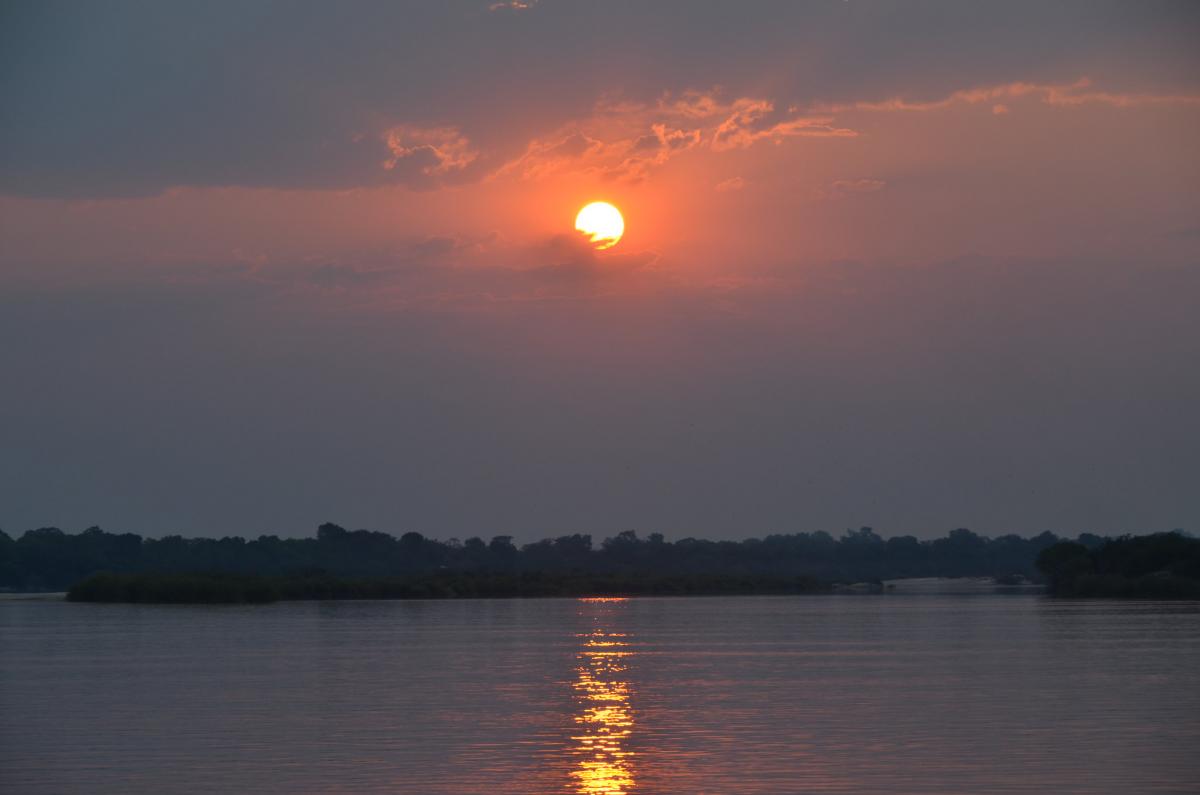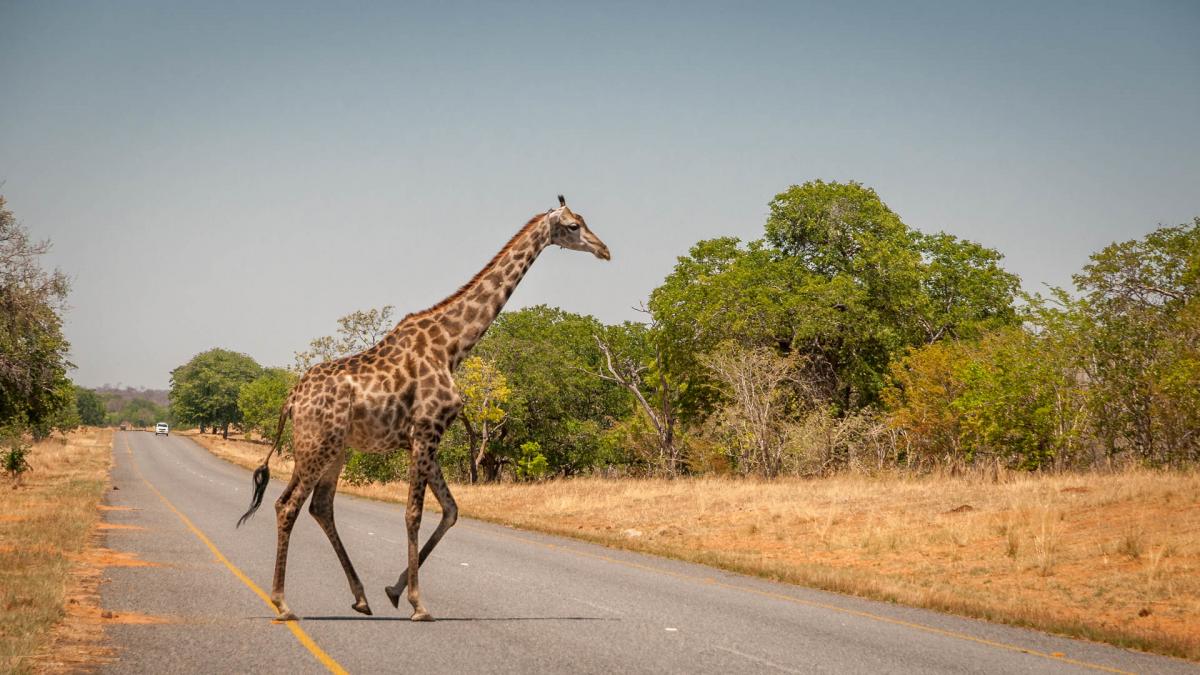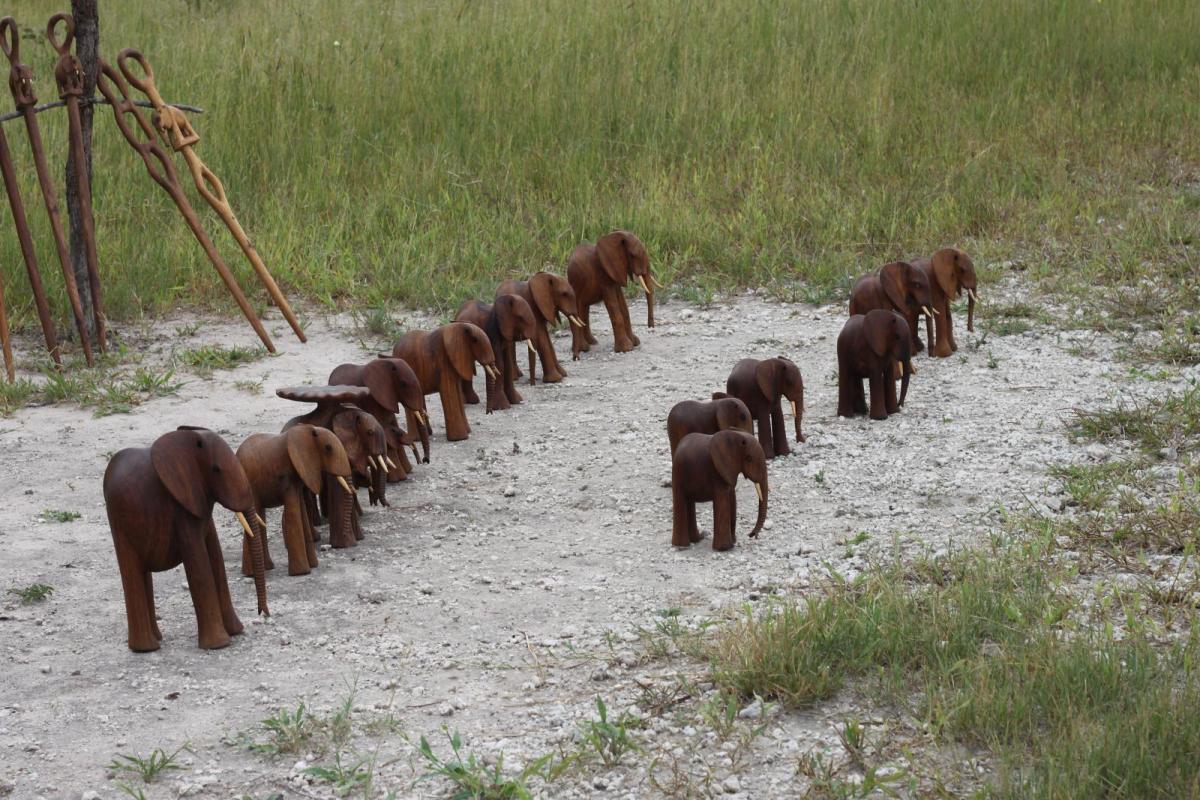HA5AO will be active as V5/HA5AO from Namibia, 5 - 14 October 2024.
He will operate on 80 - 6m, CW, SSB, FT8.
Recent DX Spots V5/HA5AO
V5/HA5AO Log search QSL via home call, OQRS.
QTH - Katima Mulilo Region, Namibia.
Namibia is an African country that can surprise everyone
Namibia is an African country, relatively recently "discovered" by tourists. For its independence, gained in 1990, it fought for more than a hundred years. And although at first glance there are no large-scale architectural monuments here, a visit to numerous nature reserves will certainly leave a lasting impression.
 Katima Mulilo, Namibia. Author - Silvia Nieto Miret.
Katima Mulilo, Namibia. Author - Silvia Nieto Miret.
From colony to independent state
The ancestors of the Bushmen inhabited this territory many thousands of years ago - the drawings on the rocks made approximately 4 millennia ago are vivid evidence of this.
Until the beginning of the XIX century, migratory processes took place here with variable activity, as a result of which one tribe was replaced by another. It is connected with the dominance of hunting and nomadic cattle breeding as the main source of tribes' survival. The sedentary Ovambo tribes settled in northern Namibia, forming large and small villages. In addition to agriculture, the Ovambo were engaged in mining, mainly iron and copper ore.
Everything changed at the turn of the XVIII-XIX centuries, when the Eagle tribes came from the European colony located in the neighborhood. Their leader, Joakim Afrikaaner, subjugated many of the local tribes, but after his death, the state he created disintegrated.
The northern sedentary Ovambo tribes, who had heard firsthand about the troubles of their southern neighbors, the Herero and Nama, did not want to repeat their fate and began to arm themselves to resist Afrikaaner's people. This is how the warlords came into being and took over local power.
Colonists from Europe - the Germans and the British - added color to the situation. Britain added the lands of Wolfish Bay to its neighboring colony, and Germany directed its efforts to the possession of the hinterland, bribing local chiefs with promises of armed protection. German colonists began settling Namibia in the late twentieth century, gradually pushing the local population into areas with harsh conditions.
This could not last long, and already at the beginning of the next century the Herero rebelled against the colonizers, significantly thinning the ranks of German settlers. The great Germany could not tolerate such a thing, and most of the Herero were exterminated, while the survivors ended up in concentration camps.
The Germans' business in Namibia, as well as in Europe, was significantly damaged by the First World War, during which the South African Union stood up for the British, defeating the German colonists' troops in the territory. However, the life of the Ovambo and other tribes in Namibia did not become easier. Hunger, influenza epidemics, the use of military force by the South African Union to suppress rebellions, and the Union's refusal to hand Namibia over to UN control did not contribute to the country's economic growth and prosperity. South Africa, the legal heir of the Union of South Africa, only in the late 80s of the XX century, under pressure from foreign countries, undertook to solve the "Namibian issue".
A period of transition began, culminating in the declaration of Namibia as an independent state in 1990. SWAPO leader Sam Nujoma of the Ovambo tribe became the head of state.
Modern Namibia is characterized by a poorly balanced economy and high unemployment. It is characteristic that descendants of European colonists continue their economic activities on the territory of the country - the government has not taken extreme measures and has not taken away their lands, which causes discontent among local peasants. Obviously, the young state still has a long and difficult way to go.
 Katima Mulilo, Namibia. Author - Dietmar K..
Katima Mulilo, Namibia. Author - Dietmar K..
Natural attractions are the main wealth of Namibia
Fans of architectural sights in Namibia will not be very interesting. Of course, there are colonial era buildings - excellent examples of German architecture. Attention is drawn to castle-like mansions, religious, military-defensive and public buildings.
Those wishing to plunge into the deeper bowels of history can visit Twyfylfontein with its rock paintings several millennia old or visit the sanctuaries where wise African tribes worshipped the "progenitors of all adventures" - buttocks. By the way, archaeologists, excavated such a sanctuary with strange hemispheres on the main place, long could not understand what actually worshiped those who created it. Probably their scientific brains rejected the most obvious association.
Local history museums, hospitable farmers - descendants of white colonists, visits to few and small but very colorful towns will help to understand Namibia better.
Namibia is a great country for lovers of extreme tourism. They can go on jeeps through the expanses of national parks, go trekking and mountaineering, going to the Spitzkopp Mountains or Pondoks Peak, wander through one of the most ancient deserts on earth - Namib, to look at the local fauna accumulating near the drying water bodies, visit the world's largest underground lake.
In Namibia there is a crocodile farm where alligators are bred. There is a whole forest of petrified trees, which are about 300 million years old. Damarland will fascinate nature lovers with its interesting combination of parched desert, high mountains and lush vegetation. Those interested in space visitors can visit the area in the suburb of Hrutfontein, where a meteorite that fell here around 80 million years ago is well preserved.
If you want to tickle your nerves, head to the Skeleton Coast, where you'll find the remains of wrecked ships and the whitened bones of victims of the elements. Here you can also hone your snowboarding skills by rappelling down a sand dune. The rumbling sound will resemble the noise of an airplane taking off.
In Namibia, you can not only go on safari to observe wild fauna, but also, if you obtain the necessary permits, even hunt.
 Katima Mulilo, Namibia. Author - Thomas Andersen.
Katima Mulilo, Namibia. Author - Thomas Andersen.
There is plenty to eat and drink here
But not only fans of active tourism will enjoy visiting Namibia. This country will be a real discovery for lovers of exotic cuisine and... beer. You can also try wine made from watermelons or local moonshine. However, it should be noted that alcohol is not sold on weekends.
As for the exotic cuisine - especially persistent can try locusts, termites, worms, ostrich eggs, snails, meat of lion, crocodile or ostrich, as well as other game. There are also "more civilized" dishes, both local, European and Asian, and in cooking, Namibian cooking traditions are intertwined with European ones.
Namibia is a country that is guaranteed not to leave tourists unimpressed.

